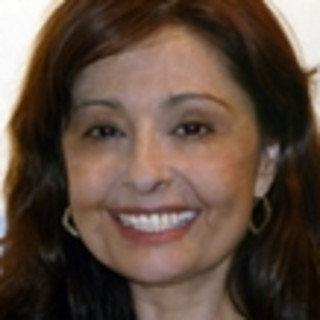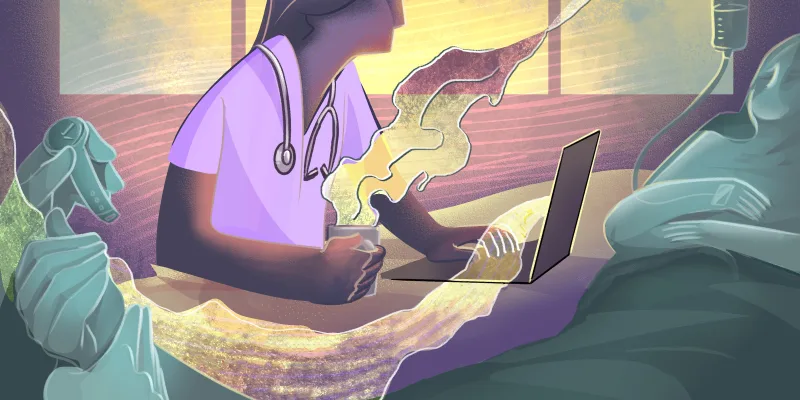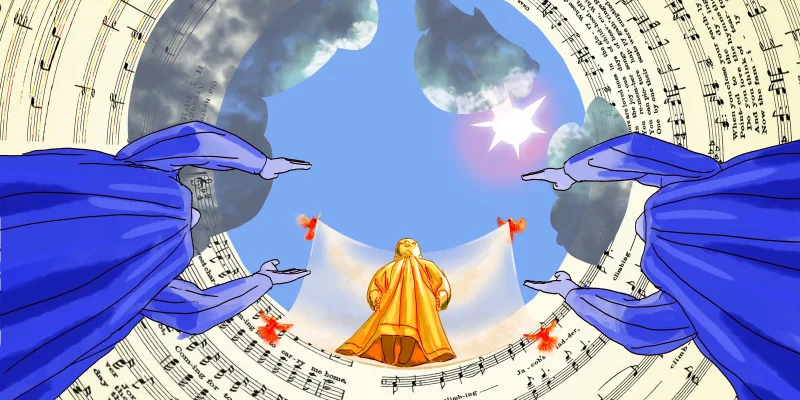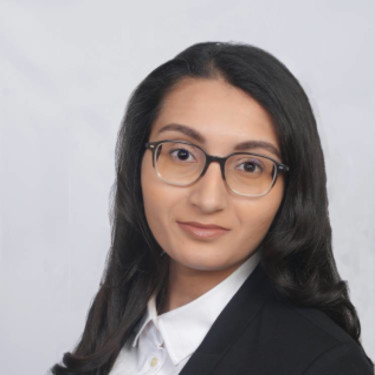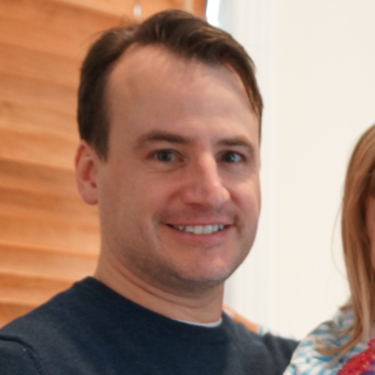
It was a great honor to speak at the recent American Medical Women’s Association (AMWA) 103rd annual meeting in Philadelphia regarding teaching art in medical schools, and to have met so many accomplished women in medicine. I am grateful to have had the opportunity to combine my two great passions, art and medicine, and teach it to the new generation.
Whenever I give these kinds of lectures, one question invariably arises: What is art’s role in medicine and why teach it in medical school?
Since early childhood drawing gave me great pleasure. However, I undiscovered this passion during a time when my mother suffered from a chronic illness that required extensive hospitalizations. I observed the intense work of doctors and nurses in hospitals as they treated her. I loved painting and at the same time I loved science.
Medicine is a complex combination of art and science and it became my obvious choice as a future profession. Drawing through medical school gave me a better understanding of anatomy, physiology, microbiology and surgery: I drew the patients during their illnesses, attempting to capture their suffering. On a personal note, drawing helped me overcome feelings of sadness and of being overwhelmed. Other times, it enabled me to express happiness, such as the feeling of finishing an exam.
Now, I will draw with my patients or whenever I need to explain something. When our institution started the Department of Humanities, I was happy that our students will be able to experience the combination of art and medicine. Besides visual art, we have electives in literature, music, dance and, soon, theater. This course, which is open to all students, intends to increase their skills of observation, the critical thinking and empathy.
Medicine is complex and difficult. It requires science and also encompasses the art of diagnosis and the relationship with the patients and their families. While the science is emphasized in all schools, issues of observation and empathy are not. We are not looking at diseases, we are looking at patients, we are working with human beings who are sick; people who were taken out of their comfort zone, who are scared and who have questions. They are looking to us for answers and for treatment. Art allows us to see the patients from a different perspective. By learning about art, the students can express themselves, better and easier than they were capable of before.
The AMWA course is called “The Interplay of Art and Medicine” and it ran through 8 sessions comprised of didactic presentations, drawing and sculpting, and museum visits. The presentations include discussions about artists with physical and mental illness and how their art was influenced. We draw as if we would be affected by visual and neurological deficits. Several museums are visited and the paintings and sculptures are discussed from the artistic and the medical point of view. The students are asked to draw or sculpt their experiences with patients, or other life events. They express their emotions, they meditate and they draw.
Since the course launched four years ago, the number of students has tripled. When asked to grade the course from a scale from 1–5 (5 being the highest rating), the course received consistently high ratings from 4.8 to 5. Notably, 100 percent of the students felt that their skills of observation and empathy increased after the course, with a quarter of students taking the elective course twice.
Looking and understanding art has the potential to teach more about disease and human emotion than any lectures or textbooks ever could. After all, artists and scientists have so much in common: the re-creation of reality, the curiosity, the dedication, the lifetime learning and their unique perspective.
AMWA wants to show that when one embarks on a lifetime of science, art does not have to be left behind. We will explore more ways of teaching the interplay of art and medicine with more museum visits, including meditation and art, inviting more guest speakers and offering art retreats. Teaching art in medical school brings in the outside experience, creativity and innovation and allows the students to see and interact with the patients in a different ways.
As M. Therese Southgate, a physician and former deputy editor of the Journal of the American Medical Association, once said:
“Medicine and art have a common goal: to complete what nature cannot bring to a finish … to reach the ideal … to heal creation. This is done by paying attention. The physician attends the patient; the artist attends nature … If we are attentive in looking, in listening and in waiting, then sooner or later something in the depths of ourselves will respond. Art, like medicine, is not an arrival; it’s a search. This is why, perhaps, we call medicine itself an art.”
AMWA is looking forward to watching the evolution of the new generation of physicians who are exposed to art!
Dr. Erika Landau is an assistant professor of pediatrics at Mount Sinai Hospital who is involved with several AMWA committees.

